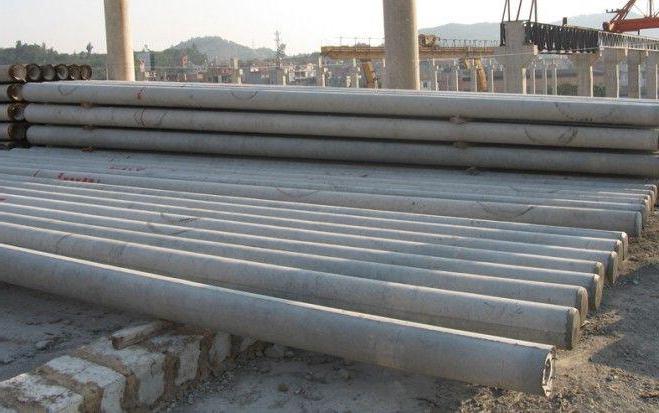What do the power lines rely on?
To maintain the wires, as well as withinThe adoption of lightning protection measures erects such structures as the supports of power lines located at an equal distance from the surface of the earth and from each other.
There are many different types of support for , lined up depending on the specific terrain and technical parameters of the electrical network.
Power line supports are classified according to the following aspects:
- purpose;
- fixing technique;
- design;
- number of chains;
- voltage;
- basis for manufacturing.
In this case, the most popular type of poles of power transmission lines are standing reinforced concrete supports, which are installed directly into the ground. Such, for example, .
By appointment
- Intermediate, used solely to support wires and not adapted for heavy loads;
- Angled, assuming the load of wire tension when turning the power line;
- anchor, used to carry wires through certain obstacles, differing in rigid design and capable of withstanding even high loads;
- end, finishing power lines and assuming all single-sided loads;
- Special, used to resolve various non-standard situations, for example, the need for withdrawal branch.
By the method of fixation
- ground;
- wide foundation (foundation of 4 sq. m.);
- narrowly fundamental.
By construction
- free-standing, which, in turn, are divided into single-column and multi-column supports;
- delayed;
- Support cable type, relating to the emergency reserve.
Supports by number of chains
- one chain;
- two chains;
- multichain.
By voltage
Supports for voltage are divided into manyvarious lines and, the greater the voltage passes through one or another power transmission line, the more powerful, thicker and higher will be the support taking on this load.
The increase in the dimensions of the supports is carried out to obtain the necessary distances from the wire to the ground, established in accordance with the norms of the PUE.
Based on the manufacturing process
- Reinforced concrete supports, which are based on concrete, reinforced with metal. They are very resistant to physical factors, that is, dampness, corrosion and ultraviolet radiation, however, are extremely difficult.
- light steel supports, treated with zinc or special paint to protect against corrosion;
- wooden pillars of round logs. Easy to manufacture, but unstable to physical factors.





